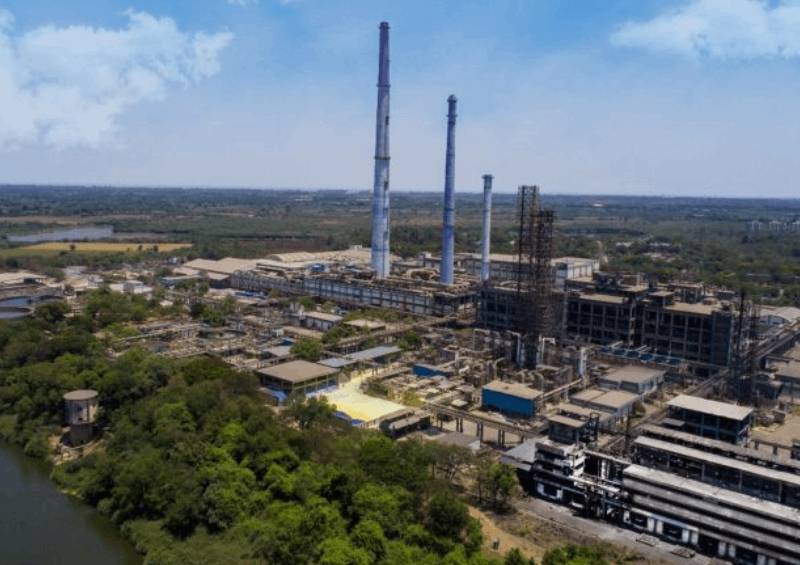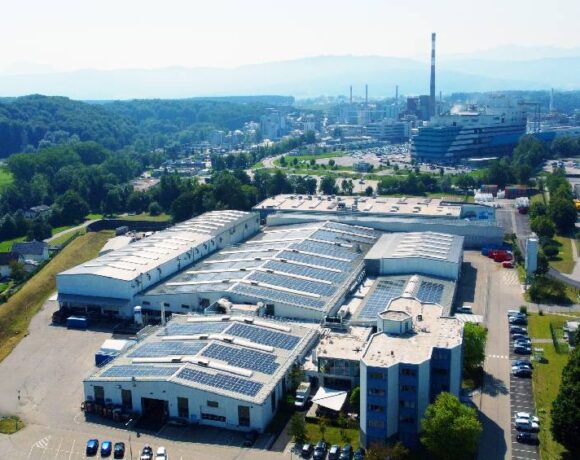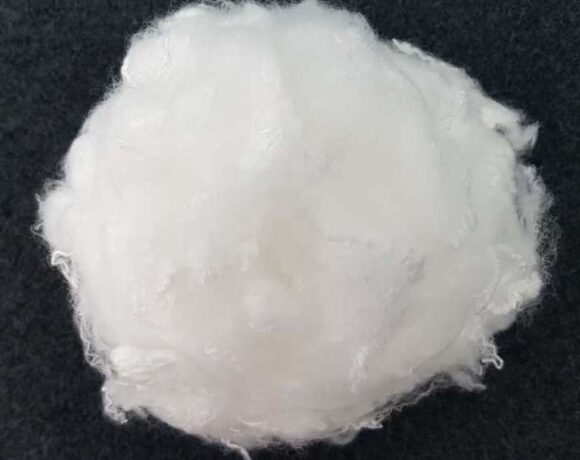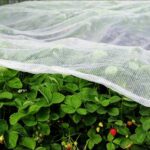Birla Cellulose’s Kharach Plant Receives EU BAT Recognition

Birla Cellulose’s Kharach plant in Gujarat has successfully commissioned CAP (Carbon-disulphide Adsorption plant) CS2 recovery system from exhaust gases and has achieved EU BAT status.
Closed-loop technologies have been deployed to minimise CS2 and H2S (Hydrogen Sulphide) emissions by recovering CS2 and elemental sulphur from H2S and the target to recover 90-95 percent of Sulphur has been achieved.
“This development was further validated through an independent assessment conducted by BluWin Ltd., UK for all the parameters as stipulated in EU BAT BREF for viscose fibre manufacturing,” the company said in a press release.
“This is a noteworthy milestone in line with global best practices and a step forward towards achieving global leadership in sustainable practices in the MMCF industry,” HK Agarwal, MD at Grasim Industries & Business Director, Birla Cellulose said.
Birla Cellulose’s Vilayat plant, which is one of the largest VSF producing sites in the world, is already an EU BAT compliant site, setting global benchmarks in many parameters such as sulfur recovery and water consumption for fibre production.
Birla Cellulose was also ranked number one in the recently released Canopy’s Hot Button Report 2023 for its sustainable forestry practices and innovations in NextGen solutions and continues to receive the highest rating of ‘Dark Green Shirt’ for the fourth consecutive year.
Birla Cellulose, part of the Aditya Birla Group, is a leading sustainability focused Man-Made Cellulosic Fibers (MMCF) producer and operates 12 sites that apply environmentally efficient closed loop technologies that recycle materials and conserve natural resources.
Its five global advanced research centers are equipped with state-of-the-art facilities and pilot plants. Its sustainable products Livaeco by Birla Cellulose, Liva Reviva, Birla Excel (lyocell) and Birla Spunshades are designed with superior sustainable credentials.
Birla Cellulose collaborates actively with its upstream and downstream partners with an aim to create a bigger and broader impact on sustainability.
It works closely with global sustainability focussed organizations like Canopy, Sustainable Apparel Coalition (SAC), Textile Exchange, Zero Discharge of Hazardous Chemicals (ZDHC), Changing Markets Foundation, Fashion for Good, amongst others to continually learn and apply the best practices in its global operations and across its value chain.














